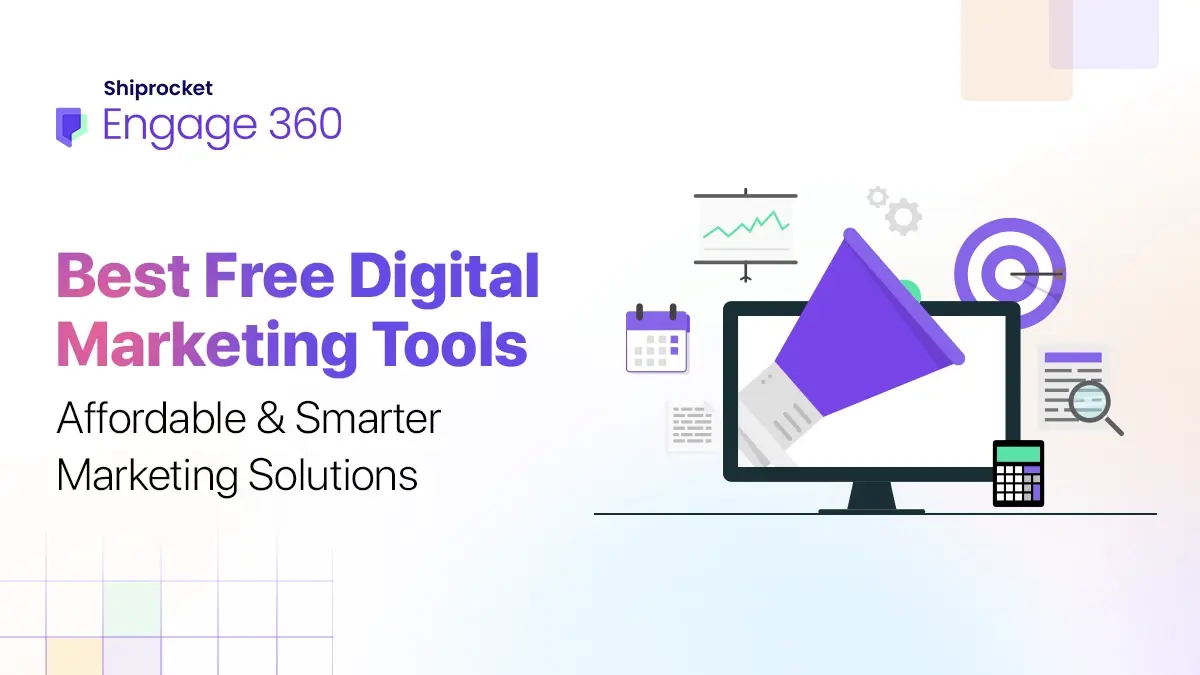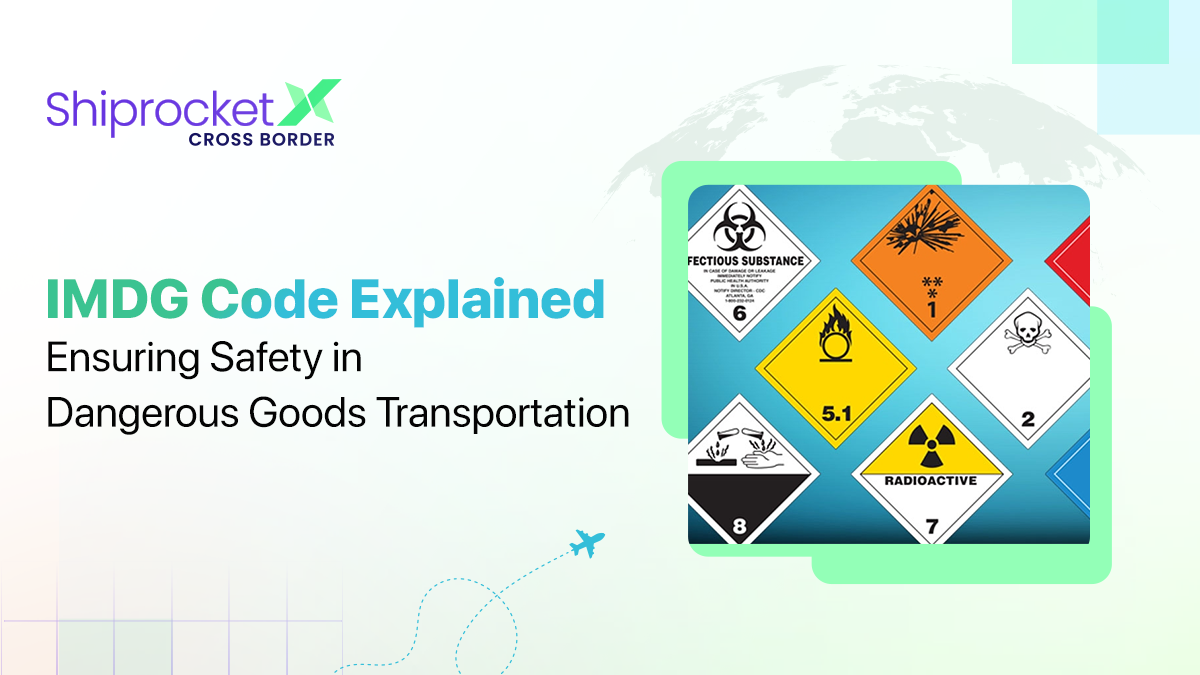Port Congestion During Festive Seasons: Why Does It Occur?
Every year, around the festive period of Diwali, millions of orders create a peak season demand for logistics services which leads to a region-wide capacity crunch of air cargo and shipment vessels.
According to an AAPA (Association of Asia Pacific Airlines) study, there was a 26% annual increase in air cargo demand in the month of August 2022 due to the upcoming festive occasions. In comparison to 2022, 2023 witnessed an increase of a whopping 2,500 metric tonnes of goods at the Mumbai-Chhatrapati Shivaji Maharaj International Airport. The trend is on the rise and is seen at ports across the country, causing port congestion. In this article, we shall learn all about port congestion during the festive season, including the reason for its occurrence and the ways to manage it.

How Do Festive Order Surges Lead to Port Congestion?
- Increased Demand
The festive season witnesses a surge in demand for various products as retailers and distributors plan to meet customers’ shopping needs. This leads to higher shipping volumes. The number of cargo containers drastically increases, thereby causing port congestion. Shipping companies may also experience delays in customs clearance, which adds to chaos at the ports.
- Labour Shortage
Because of the high volume of parcels, there isn’t enough labor to handle all the shipments. This also occurs because many of the workers take leaves to celebrate the Diwali with their family. This leads to fewer workers available for loading, unloading and customs clearance. Labour shortages are one of the primary causes of port congestions and delayed deliveries for domestic as well as international orders.
- Limited Port Capacity
Ports mainly face congestion due to their limited capacity to handle the increased traffic during the festive season. They have a fixed number of berths, which means only a certain number of ships can be accommodated at a time. As the demand for goods increases during the festive season, more ships need to be employed. Thus, the rush at the dock increases, which leads to longer waiting times, resulting in delays in the entire shipping process.
- Trucking Restrictions
During the festive season, trucking restrictions contribute to port congestion by delaying the movement of parcels from the seller’s pickup point to the ports. Trucks that exceed carriage allowance limits face delays at inspection points.
- Disruption in Supply Chain
Port congestion during festive seasons affects ports and disrupts the entire supply chain. As ships are delayed at ports, cargo cannot move efficiently to its next destination. This creates bottlenecks in distribution centers and trucking services, leading to a large number of goods waiting to be transported. It delays the delivery of goods for retailers and customers. Businesses often face inventory shortages, and manufacturing units may be forced to halt the process due to delayed shipments of raw materials.
How To Manage Peak Season Logistics Crisis?
Peak seasons port congestion and logistics crisis can be handled in many ways:
- Plan In Advance
It is always advisable to book air freight before the Cargo Ready Date (CRD) to avoid port congestion during the festive season. This is because ports and warehouses are extremely overbooked and congested, requiring higher load and unload time at the origin and destination ports, respectively.
Booking in advance helps secure cargo space and lower the chances of delays. With so many shipments competing for limited resources, early preparation can help your cargo move swiftly and reach its destination in a timely manner. By planning well ahead, you can also smooth out unexpected disruptions during high-demand periods.
- Prepare For Higher Rates
Freight fares during the festive season are higher than most days, and express deliveries are expensive. Congestion at ports also means a higher waiting period for loading trucks, and thus you have to bear the charge for the trucker’s wait time. Congestion at ports also means a higher waiting period for loading trucks, and thus you have to bear the charge for the trucker’s wait time. Thus, businesses need to set budget to meet these higher costs. Proper planning for these increased expenses allows businesses to manage their finances better and avoid unexpected financial strain.
- Be Flexible In Your Carrier Choices
If you opt for carrier services with a comparatively longer transit time, you have lower chances of congestion at any port, origin or destination. This is because festive times demand instant or faster deliveries, and the fastest couriers are overbooked.
You can also opt for a different discharge port than your regular one during this two to three months since the most popular ports already have their containers full and overflowing with rolled cargo. This can help you deliver your products as per the schedule without delays, enabling your cargo to move more smoothly.
- Label The Shipments In Coordination
Accurate labelling is important when managing shipments during the festive season. Every commercial invoice should have an HTS (Harmonised Tariff Schedule) Code, especially if you’re shipping products abroad for the first time. Moreover, every FOC (Free Of Charge) item should also be assigned a minimum value, primarily for products being shipped to the US. This is because US Customs doesn’t accept any items of $0 value. Proper labelling and coordination prevent unnecessary delays and complications during the customs process.
- Communicate with Customers
During the festive season, you must tell your customers about potential shipping delays caused by high demand and port congestion. When a customer has a fair idea about the same, they are less likely to get agitated or dissatisfied because of the delay.
Consider providing regular updates on estimated delivery time especially if you are anticipating delay. Informing customers about the situation helps build trust and makes them feel valued.
- Use Advanced Technology for Tracking
Real-time tracking tools allow businesses to monitor their shipments as they move from port to port towards their destination. Advanced tracking systems allow you to receive updates about any disruption on the way, providing better control over the shipments and the ability to take timely action in case there is an issue.
Conclusion: Streamline Internally To Ace Internationally
Saahil Goel, Founder at Shiprocket, says, “ The choke ends up happening at the last mile, where given the COD orders and discounting, the volume just goes through the roof and after a while, the demand planning goes for a toss as companies are not able to clarify and prioritise orders”.
Peak season crises are nothing new, and no matter how well you plan for them, shipping during festive season is never 100% hassle-free.
Having said that, you can always overcome major problems by preparing a demand plan beforehand to combat congestion issues for your international orders by partnering with an international logistics solution that has more than 2 types of carriers and in-house customs agents to smoothen the order flow across borders.







